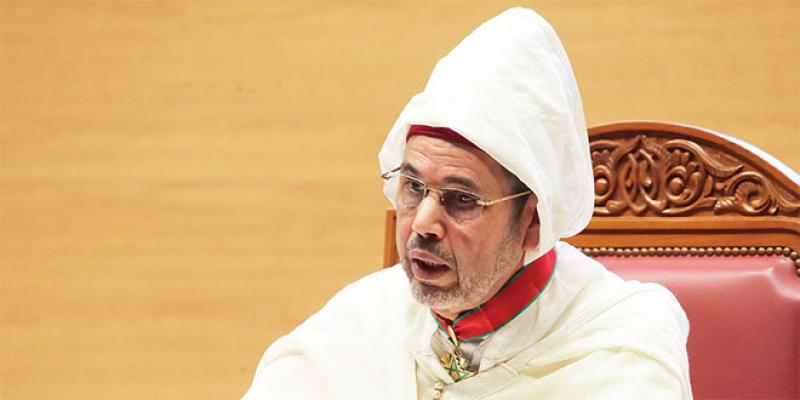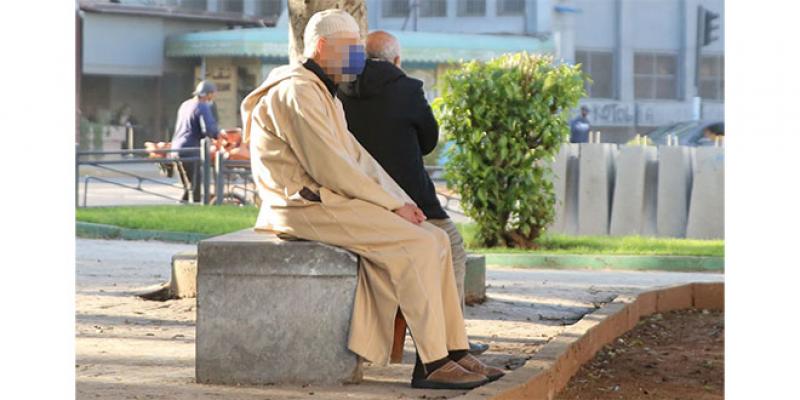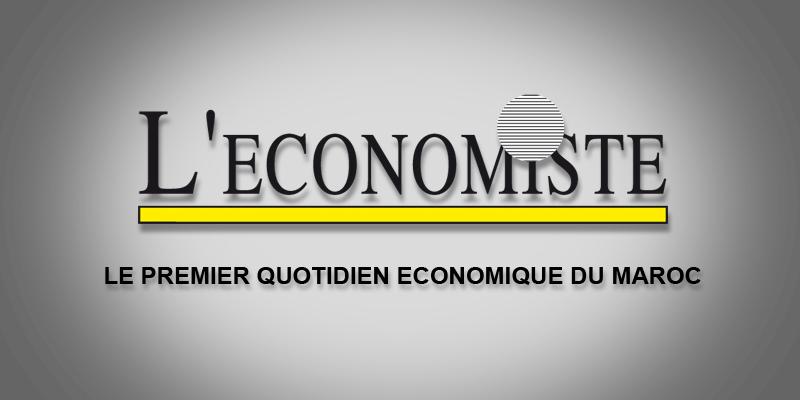With water stress, Morocco is not out of the woods yet. After his address before the Parliament at the opening of the autumn session and a meeting devoted to water issues, HM the King was back at it again with another working session on Tuesday in Rabat. Clearly, the aim is to review the progress of the various projects under the 2020-2027 National Drinking Water Supply and Irrigation Program.
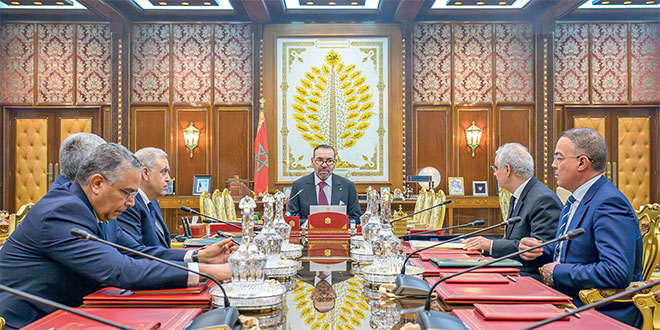
The same goes for the part relating to emergency measures. In any case, the figures provided by Nizar Baraka are alarming and suggest that our country is heading straight for another 6th year of drought. For the period from September to mid-January 2024, Morocco recorded a rainfall deficit of 70% compared with the average, and a dam filling rate of 23.2% compared with 31.5% for the same period last year.
During the meeting, the Sovereign urged the departments and organizations concerned to double their vigilance and efforts to meet the challenge of water security and ensure a nationwide supply of drinking water. In managing this important project, the royal instructions could not have been clearer. The Government was instructed to establish transparent, frank and regular communication with citizens on developments in the water situation. This royal directive on communication was immediately relayed. With good reason, the Minister of Equipment and Water appeared on the TV news to explain the emergency plan presented to the King, which includes measures to optimize the mobilization of resources at dams. Water reserves fell from 5 billion cubic meters last year to 3.7 billion. The 5 years of successive droughts have had a negative impact on dam levels. The 1.8 degree rise in temperatures over the last five months, compared with the same period last year, has also had an impact. This has led to evaporation of dam water exceeding 1.5 million cubic meters per day. With rainfall of 32 millimeters, water inflows to dams did not exceed 660 million cubic meters, compared with over 1.5 billion cubic meters last year. As a result, Morocco recorded a major downturn. Several river basins experienced problems, particularly the Oum Rabiâ river basin, and others were affected by this difficult situation, noted Nizar Baraka.
Roadmap
As a reminder, several proactive measures have been taken. One of these involved connecting the Sebbou river basin to the Bouregreg river basin. This project was completed in just 9 months. Today, we can say that we have transferred 130 million cubic meters from Sebou to Bouregreg, which now has 180 million cubic meters. In this way, we have guaranteed drinking water for a population of 12 million people living in the Rabat region, North Casablanca, and part of South Casablanca, according to the Minister. Every day, 1.3 million cubic meters of water flow into the Bouregreg dam. Today, the Ministry is trying to link its dams within the same river basin. This is the case for the Oued Al Makhazine and Dar Khroufa dams, with the aim of supplying Tangiers with 100 million cubic meters of drinking water per year.
Need to put an end to waste
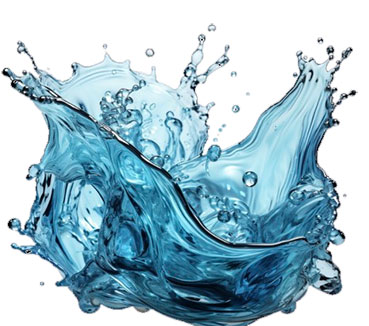
The plan also focuses on water demand. Everyone is aware of the need to rationalize the use of this vital resource. There is a problem of efficiency, with water being lost down the drain. In any case, with the water shortage and a new year of drought on the way, the return of tanker trucks to supply drinking water to localities in need is not ruled out. The same applies to the development of watering points for livestock in affected regions. In the same vein, the walis and governors are not standing idly by. The Minister of the Interior recently sent them a circular on managing water stress and rationalizing water use. The Minister added: «It goes without saying that the threat to public order posed by this problem, and its socio-economic repercussions, call for a personal commitment from all those responsible to achieve the desired results, enabling this vital resource to be made available to the population on a permanent basis».
Mohamed CHAOUI























